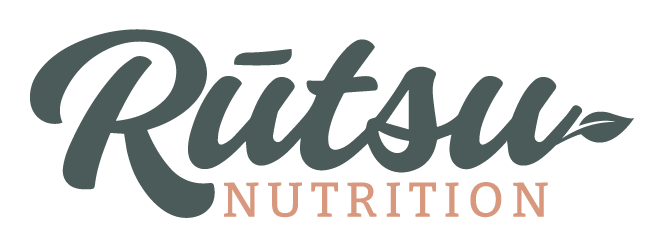Why Plant Based Eating is Good For You
There are so many benefits to eating plant-based, so let’s dive right in.
Fiber & Phytonutrients
Plant foods like fruits, vegetables, whole grains, legumes, nuts and seeds are naturally fiber-rich foods. Fiber has so many wonderful health benefits, like helping control blood sugar levels, improving gut health and fighting heart disease. Unfortunately, most Americans do not get the recommended amount of fiber each day. On average, Americans get around 15 grams of fiber or less, when in reality, we should be getting double this amount! You won’t find any fiber in animal foods like meat, fish, eggs and dairy.
Housed inside of fiber, are phytonutrients that also have a wide array of health benefits. Unlike vitamins, minerals and macronutrients, phytonutrients are not necessarily essential to survive, but definitely help you thrive. Phytonutrients have anti-inflammatory properties and help feed good gut bacteria, just to name a few benefits.
Think of fiber as a package where you get phytonutrients, vitamins and minerals that all work synergistically, together. The easiest way to add more fiber and phytonutrients to your diet is by eating a wide variety of plant foods. As you’ve probably heard before….eat the rainbow and fill your plate with color! When you start to add more fiber rich foods to your diet, you may also notice you feel lighter, more energized and you’re starting to sleep better.
Low Saturated Fat
Now we know that plant-based foods contain fiber and animal products do not. On the contrary, animal-based foods naturally contain saturated fat and most all plant-based foods do not (with the exception of coconut oil, a high saturated fat plant food).
Excess intake of saturated fat is linked with heart disease, fatty liver, insulin resistance and poor gut health. Keeping saturated fat intake low around 15 grams or less per day is ideal. Plant-based foods are richer in poly and monounsaturated fats, which can help reduce inflammation and lower cholesterol.
Heme vs. Non-Heme Iron
A common misconception about eating plant-based is that you won’t be able to get enough iron. Non-heme iron is found in plant foods. Heme iron is found in animal based foods. Non-heme iron does tend to be less absorbable compared to heme iron. While vegans and plant-based eaters may have lower iron stores, it does not necessarily mean they are always more prone to iron deficiency anemia. Lower iron stores can actually allow for more usable iron in the body. Plus, simply pairing a plant-based iron rich food with a food high in vitamin C helps increase absorbability. Beta-carotene rich foods (red, orange and yellow colored fruits and vegetables) and allium vegetables (garlic and onion) also help increase iron absorption in the body.
Many foods that naturally pair well together help boost iron absorption. Example: black bean tacos with tomatoes, peppers, garlic and onion.
You can find iron in beans, lentils, dark green leafy vegetables, nuts and tofu, just to name a few!
Other Considerations
Eating balanced plant-based meals that contain fiber, healthy fats, protein and complex carbohydrates can help regulate hunger hormones and improve satiety. Improved satiety generally leads to less cravings and overeating throughout the day.
Also, the more variety of plant-based foods you can get in your diet helps aid in a healthy gut microbiome and improved metabolism. Plant-based for the win!
Watch the Instagram LIVE HERE with Haley Bishoff, RDN, LD and Nichole Dandrea-Russert, MS, RDN.
Also, check out Nichole’s book The Fiber Effect!

